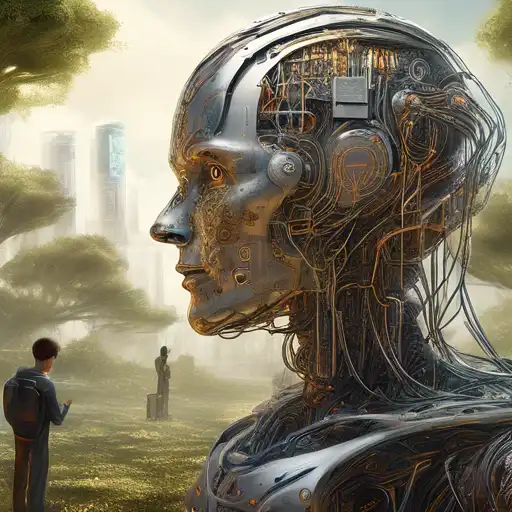Introduction to Natural Language Processing
Natural Language Processing (NLP) stands at the fascinating intersection of computer science, artificial intelligence, and linguistics. It's the technology that enables machines to understand, interpret, and generate human language in a way that is both meaningful and useful. From voice-activated GPS systems to customer service chatbots, NLP is transforming how we interact with technology on a daily basis.
How Machines Process Human Language
At its core, NLP involves several key steps to bridge the gap between human communication and computer understanding. These include tokenization, where text is broken down into words or phrases; part-of-speech tagging, which identifies each word's grammatical role; and named entity recognition, which detects names of people, places, and organizations. Together, these processes allow machines to grasp the structure and meaning of human language.
The Role of Machine Learning in NLP
Machine learning algorithms are the backbone of modern NLP systems. By analyzing vast datasets of human language, these algorithms learn patterns and nuances, enabling them to improve their understanding over time. Techniques such as deep learning have further enhanced NLP capabilities, allowing for more sophisticated applications like sentiment analysis and machine translation.
Applications of Natural Language Processing
NLP has a wide range of applications that touch nearly every aspect of our lives. Here are just a few examples:
- Search Engines: NLP helps search engines understand user queries and deliver more relevant results.
- Virtual Assistants: Technologies like Siri and Alexa rely on NLP to process and respond to voice commands.
- Content Moderation: Social media platforms use NLP to detect and filter inappropriate content.
- Healthcare: NLP is used to extract relevant information from patient records and medical literature.
Challenges in Natural Language Processing
Despite its advancements, NLP still faces several challenges. Ambiguity in language, cultural nuances, and the ever-evolving nature of human speech make it difficult for machines to achieve perfect understanding. However, ongoing research and development continue to push the boundaries of what's possible.
Future of Natural Language Processing
The future of NLP is incredibly promising, with potential advancements including more accurate real-time translation services, deeper understanding of context and emotion, and even more seamless human-computer interactions. As technology evolves, the line between human and machine communication will continue to blur.
For those interested in exploring more about how technology is changing our world, check out our articles on Artificial Intelligence and Machine Learning.
Natural Language Processing is not just about teaching machines to understand us—it's about creating a future where technology can communicate with us as naturally as another human being. The journey is complex, but the possibilities are endless.
